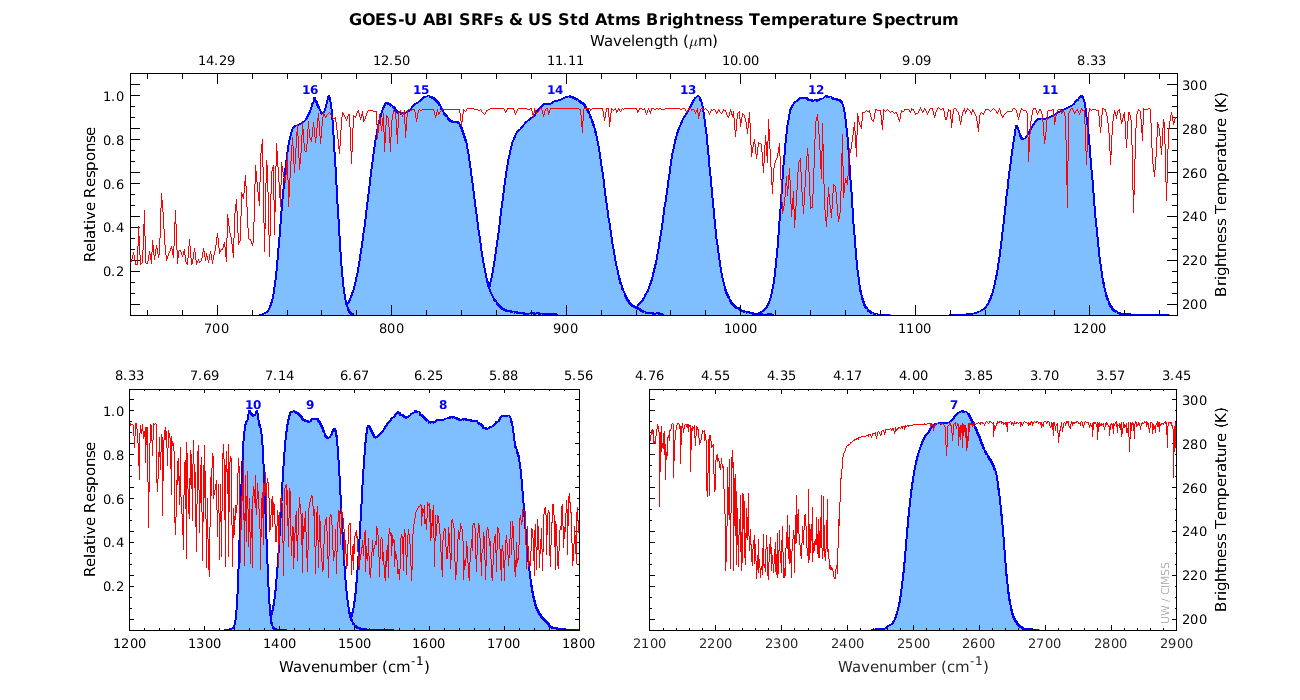GOES-19 (Preliminary/Non-operational) ABI Imagery Comparisons
NOAA and NASA recently released the first ABI (Advanced Baseline Imager) imagery from GOES-19. GOES-T was launched on June 25, 2024. See the GOES-U launch as the other GOES ABI monitored the rocket signature with rapid scan imagery), including the re-entry. GOES-19 is the final (fourth) in the GOES-R series and is currently located above the equator at approximately 90W. GOES-19 is slated to become NOAA’s operational GOES-East in spring 2025 after going through extensive post-launch testing. Also, see several CIMSS Satellite Blog posts or this Satellite Liaison Blog post.
GOES-19 Compared to other GOES
While it is still early in the post-launch test period, good qualitative agreement has been shown to other GOES imagers. Of course, due to parallax and other reasons, there are expected to be differences, especially at larger view angles. The above loop as a mp4. Or versions that toggle between GOES-19 and GOES-16 only (mp4)
More 16-panel imagery (from GOES-16, GOES-18 and GOES-19), including time difference images (which can be very useful in assessing image quality). More GOES-19 data can be found on UW/SSEC’s geo-browser and CIRA’s Slider.
And comparisons between GOES-18 (West) and GOES-19 ABI.
ABI Instrument Response Functions

The ABI has 16 spectral bands, 2 in the visible, 4 in the near-infrared (or “near-visible”) and 10 in the infrared part of the electromagnetic spectrum. The instrument response functions can be found both on CIMSS and Calibration Working Group sites.
A similar page showing ABI comparisons, but from GOES-18.
H/T
Thanks to the many (thousands) who made the GOES-19 ABI possible. These are GOES-19 ABI are early images (preliminary and non-operational, future calibration improvements are possible. geo2grid and McIDAS-X software was used in generating these images. More about GOES. T. Schmit works for NOAA/NESDIS/STAR.
—————
Free Secure Email – Transcom Sigma
Transcom Hosting
Transcom Premium Domains
